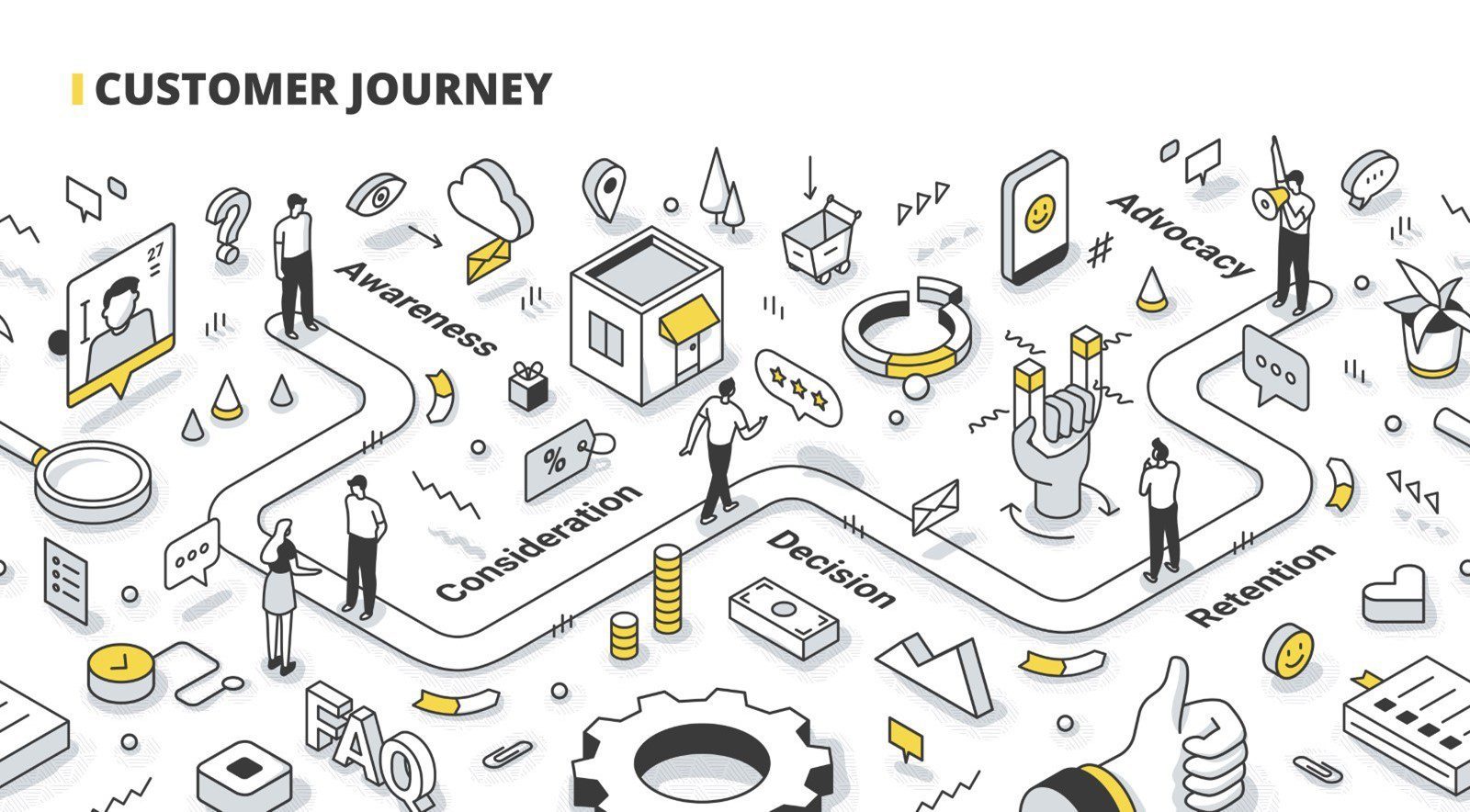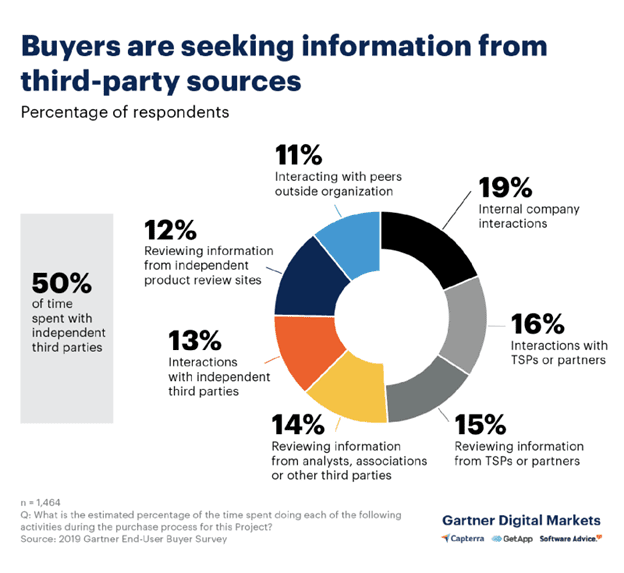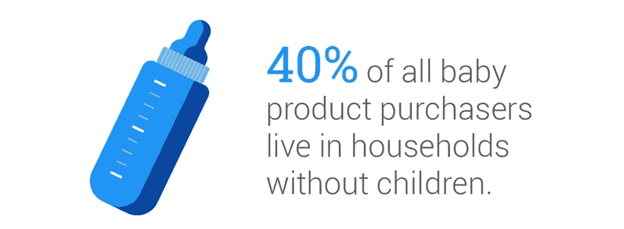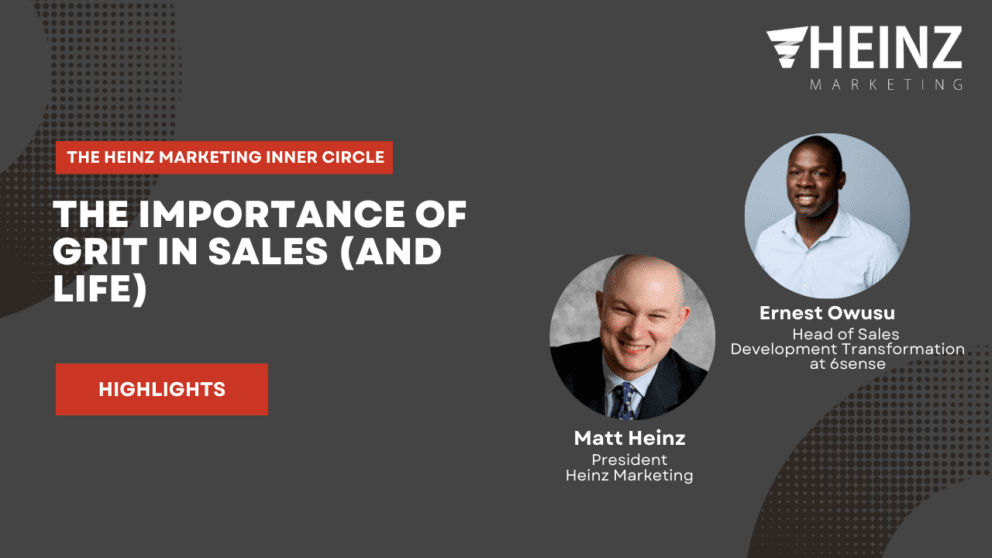Customer Purchase Intention and Use in B2B Marketing

By Sarah Threet, Marketing Consultant at Heinz Marketing
What is Purchase Intention and Intent Data?
Purchase intention (or buyer intent) is a measure of each shopper’s propensity to buy a product or service. Intent data is the dataset that provides insight into the customer’s journey. This data can illuminate when the prospect is actively considering purchasing your product/service. B2B organizations can use intent data for sales enablement, ABM, and to assist with their digital marketing strategy.
Using intent data helps target outreach through more precise and personalized marketing, increasing conversion rates. Intent data can also help with shortening sales cycles, preventing churn, and assists in upselling.
Types of Customer Purchase Intent
Different types of intent inform where the prospect currently is in their customer journey, and therefore, different types of intent are in different stages of the marketing funnel.
Informational intent is in the Awareness stage of the customer journey, and therefore top funnel. This prospect is in search of an answer, needs education, and is therefore seeking information. At this stage, your company can use this behavior to educate and provide resources that will lead the prospect further down the tunnel. This is when it is most important to create brand awareness rather than trying to make a sale.
Investigative intent is in the Consideration stage and therefore middle of the funnel. This prospect is still not yet ready to buy but has begun comparing options, reading product/service reviews, and engaging in social listening. At this stage, the prospect may spend a lot of time researching, depending on their buying behavior and whether or not they consider this product/service to be necessary or a luxury good. At this stage, your company will want to convince the prospect that this is the right fit. Consider using this data to illuminate the prospect’s need/pain points in order to personalize marketing outreach and content, bring awareness to your company’s value proposition, and educate the prospect on how your brand compares with competitors.
Navigational intent is in the Consideration or Conversion stage; mid-bottom funnel. This prospect is going directly to the company website and therefore may have a higher intent to buy. Try to keep this prospect on the site and make a sell, either by use of chat (customer experience), through further individualized messaging, and promotions – again, depending on the buying behavior and their price-sensitivity.
Finally, Transactional intent is in the Conversion stage, bottom of funnel, typically signals in B2B such as when the prospect signs a contract, puts in a purchase order, or places a deposit. You may leverage past transactional data to gain insights into buying patterns and make strategic upsells.
Where and How to Collect Intent Data
There are a few sources for intent data. You are most likely familiar with first-party intent data as it is generated on your company’s own digital propert(ies). This data may be collected through your CRM or through a tool like Google Analytics; it is limited to your company’s existing audience.
Increasingly more useful is second-party and third-party intent data. Second-party intent data is the same as first-party intent data but obtained through a third-party provider. This is information about your company shared and collected by others, such as reviews, publishings, and surveys conducted about your company by other organizations. Third-party intent data is a global dataset that your company would purchase from data providers. It illustrates the touchpoints that your prospects go through outside of your website, such as social media and content platforms, doing research.
Websites record their users’ activities and generate intent data at the IP level, via user registration and cookies. IP databases are used to identify the company of the user. Some examples of recorded activities include product reviews, whitepaper downloads. google searches, subscription or registration, and website visits.
How is Intent Data Important for B2B Sales?
Gartner’s research predicted that more than 70% of B2B buyers would increase their use of third-party intent data by the end of 2022. As companies aim to expand their audience, they will need to rely on second and third-party intent data for better targeting. That also means that the obtained data will need to be leveraged in the best ways possible.
Intent data best practices can help B2B companies audit their current outreach strategy. With these insights, your company can observe if there are any content gaps in the current outreach strategy, and further determine if the right kind of content is being shared with the buyer at the right stage?
Tying in Behavioral Segmentation
Behavioral segmentation allows us to get even more precise about the prospect’s intent. Segmenting customers based on their behaviors and actions, such as whether they’re a new or returning visitor, their traffic source, how they’ve engaged with your website/content, and the platform or device they’re using.
According to Google, marketers who only use audience demographics (location, gender, age) risk missing as much as 70% of potential mobile shoppers. This is because demographic data, while a good starting point, is limiting, may be leveraged in a biased manner, and does not tell the full customer story.
The example provided by Google’s research was that 40% of those who purchased baby products live in households without babies. The reasoning is because these are people making purchases for other peoples’ babies – people such as grandparents and baby shower attendees. In dismissing customer intent, baby product companies would miss out on all these potential buyers, because they may have assumed that only new parents would be purchasing their products.

B2B Buying Triggers
Lastly, another aspect of following customer intent is building awareness around buying triggers. Buying triggers are often events or changes that suggest a greater likelihood for a prospect or account to consider buying. Consider some of these triggers when evaluating how you target your prospects:
- Beginning or end of the new quarter or fiscal year
- Announcing or completing a funding round
- New product launch
- Adoption of a new tool
- Hiring of particular employees or team (that fit your ICP)
- Layoffs
- Merger or acquisition
- New legislation relevant to their industry
- Dissatisfaction with their current vendor
- Press coverage for them or their competitor (positive or negative)
- Opening a new location
- Economic uncertainty (like a recession)
- Attending a conference
Intent data is a crucial tool for B2B companies to improve digital marketing, sales enablement, and ABM efforts by leveraging the different types of purchase intent, collecting intent data from relevant sources, and using behavioral segmentation to create personalized outreach.
How are you adopting intent data best practices to identify content gaps and ensure that the right content is being shared with buyers at the right stage to create an informed and effective marketing approach?







